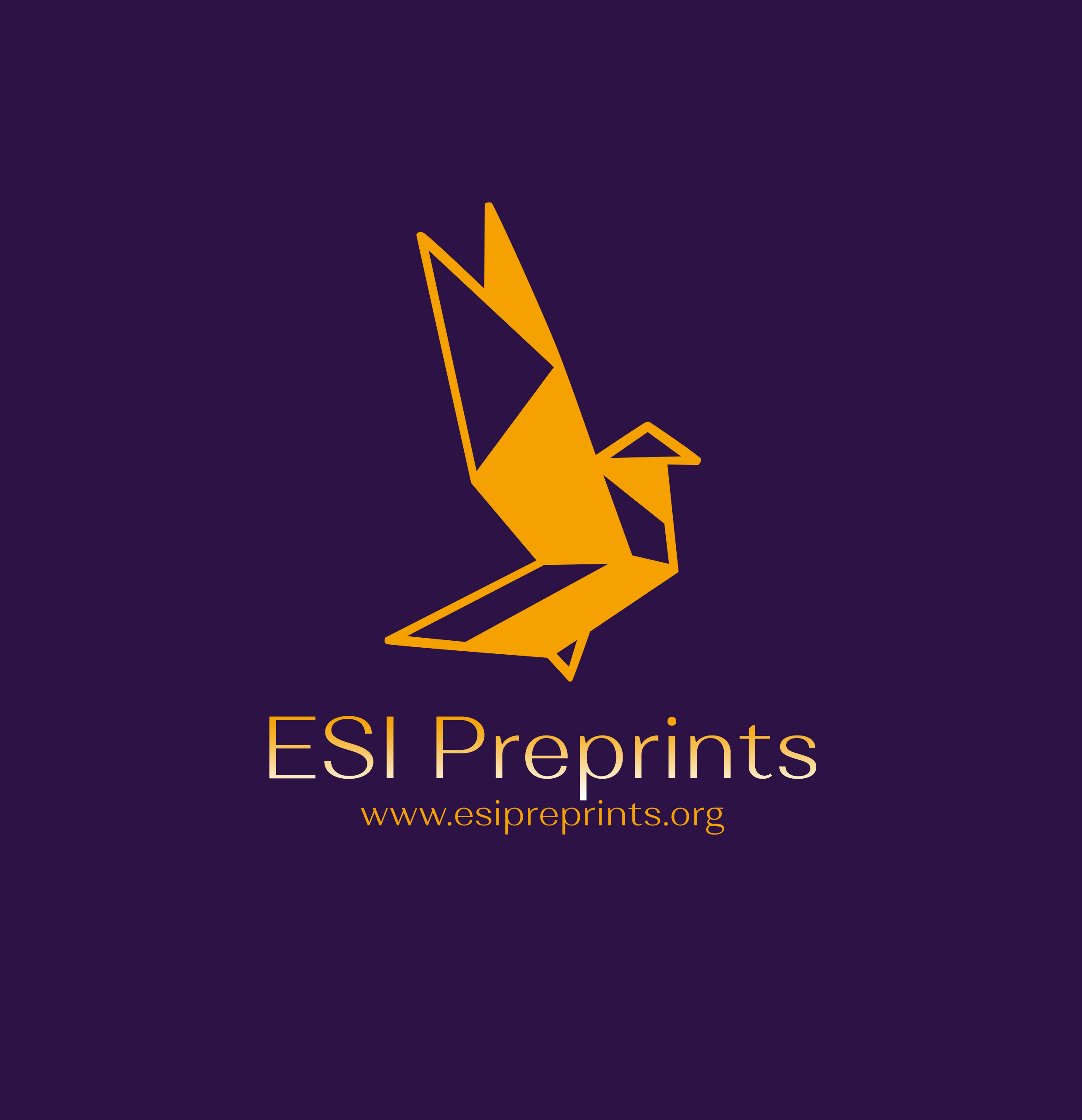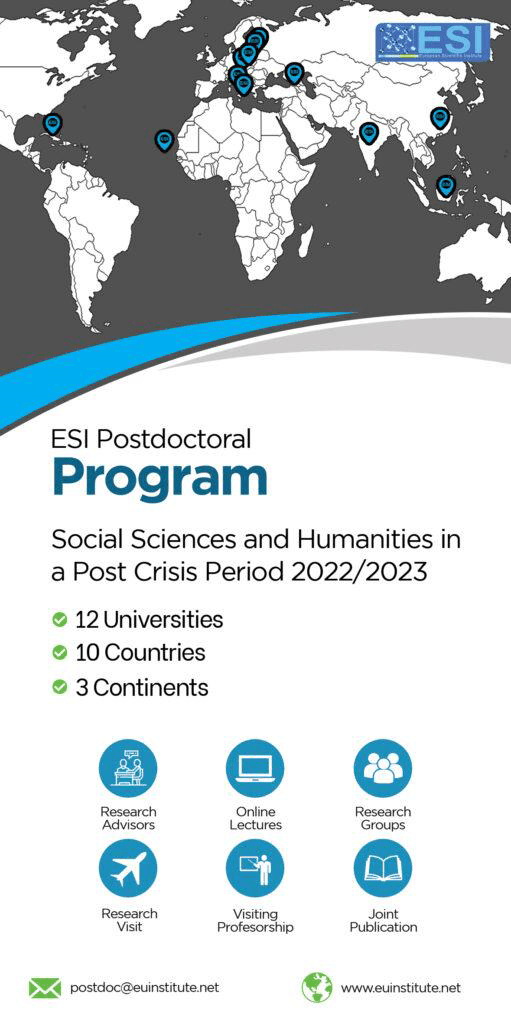Natural sciences in early childhood: Teaching magnetism to preschool children using Information and Communication Technology
Abstract
The aim of this publication is to report and approach the field of science in preschool age. More specifically, through the field of natural sciences, the approach of the concept of magnetism, the properties and types of magnets was chosen based on the interest of children. The realization of the educational process started with a set of planned activities undertaken by the educator and then the use of communication and information technologies was integrated, with a series of educational software and tools used by the children. The creation of an improvised story, a fairy tale scenario was the springboard for the realization of the respective activities and then through the use of Information and Communication Technology (ICT), an attempt is made to verify the aforementioned knowledge about magnetism and magnets. The use of the above technological tools and software is a decisive factor both for the repetition of the knowledge already acquired and for the use of new technological tools that will provide a challenge for the development of the pedagogical process.
Downloads
Metrics
References
2. Barra CL, Coo S. Sociodemographic, biological, and developmental characteristics of preschool children born full-term and preterm. Andes Pediatr. 2023 Jun;94(3):286-296. doi: 10.32641/andespediatr. v94i3.4468.
3. Chan DK. Balancing screen time: Insights and impact on preschool children. Ann Acad Med Singap. 2024 Jul 24;53(7):402-404. doi: 10.47102/annals-acadmedsg.2024172.
4. Goodwin SC, Jenkins AP. Teaching through stories. J Sch Health. 1997 Aug;67(6):242-4. doi: 10.1111/j.1746-1561. 1997.tb06314. x.
5. Holm A, van Reyk O, Crosbie S, De Bono S, Morgan A, Dodd B. Preschool children's consistency of word production. Clin Linguist Phon. 2023 Mar 4;37(3):223-241. doi: 10.1080/02699206.2022.2041099.
6. Kremer M, Brannen C, Glennerster R. The challenge of education and learning in the developing world. Science. 2013 Apr 19;340(6130):297-300. doi: 10.1126/science.1235350.
7. Pulimeno M, Piscitelli P, Colazzo S. Children's literature to promote students' global development and wellbeing. Health Promot Perspect. 2020 Jan 28;10(1):13-23. doi: 10.15171/hpp.2020.05. eCollection 2020. PMID: 32104653.
8. Wallace R, Kaliambou M, Qayyum Z. Fairy Tales and Psychiatry: A Psychiatry Residency's Experience Using Fairy Tales and Related Literary Forms to Highlight Theoretical and Clinical Concepts in Childhood Development. Acad Psychiatry. 2019 Feb;43(1):114-118. doi: 10.1007/s40596-018-0968-5.
9. Zhao J, Zhang X, Lu Y, Wu X, Zhou F, Yang S, Wang L, Wu X, Fei F. Virtual reality technology enhances the cognitive and social communication of children with autism spectrum disorder. Front Public Health. 2022 Oct 6; 10:1029392. doi: 10.3389/fpubh.2022.1029392.
Copyright (c) 2025 Stavroula Skothou, Maria Trapali

This work is licensed under a Creative Commons Attribution 4.0 International License.








